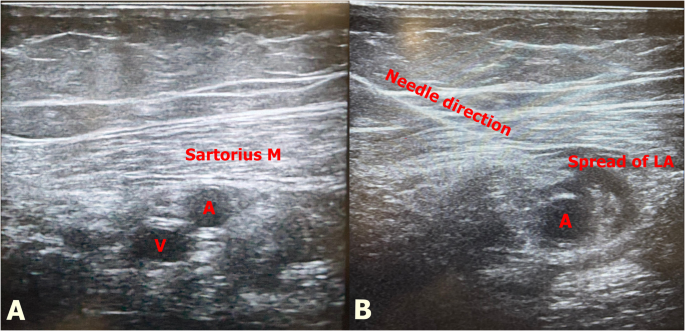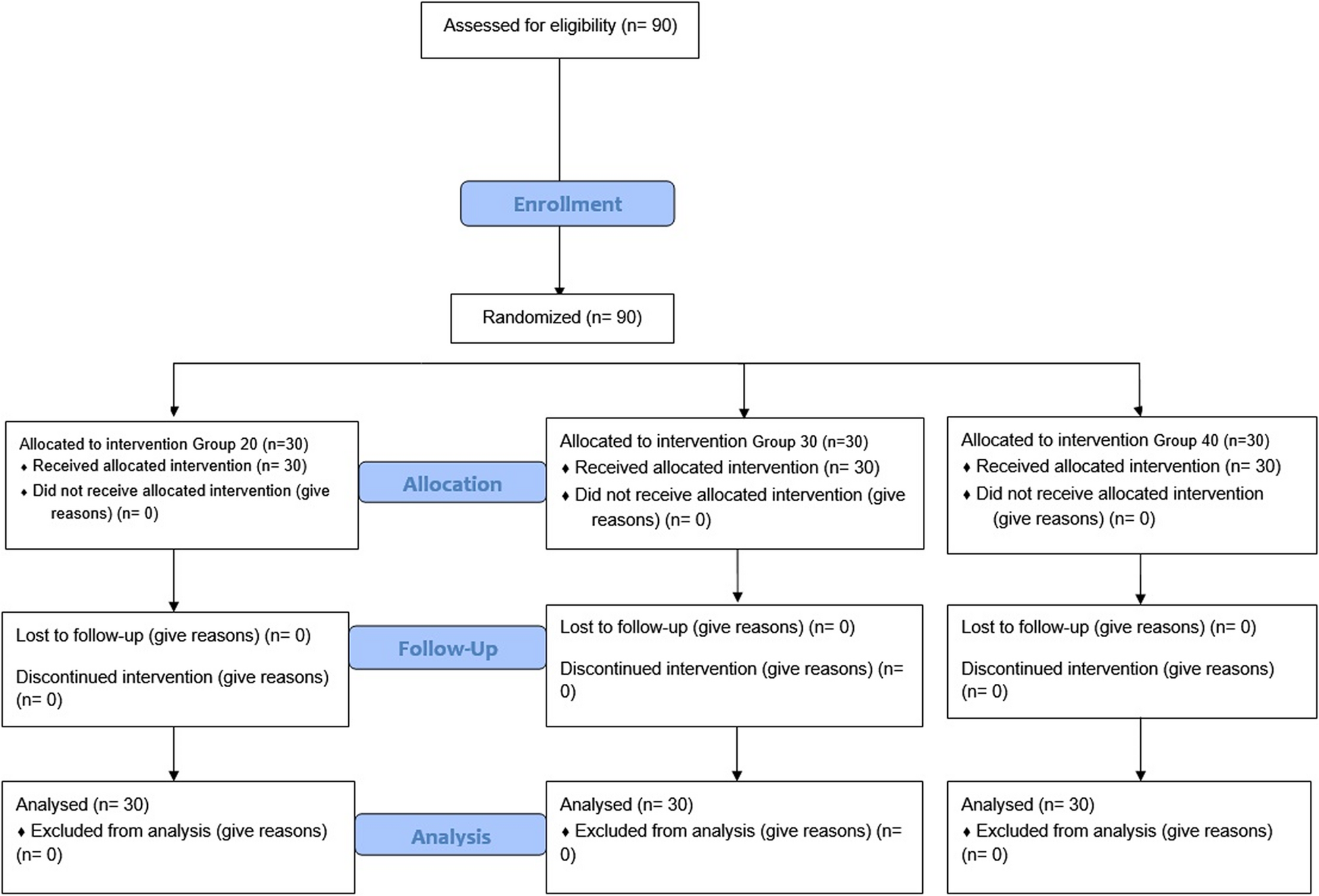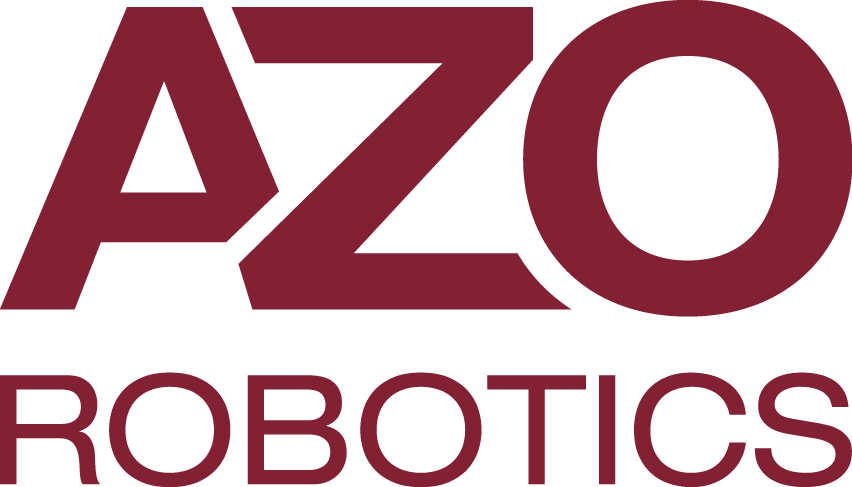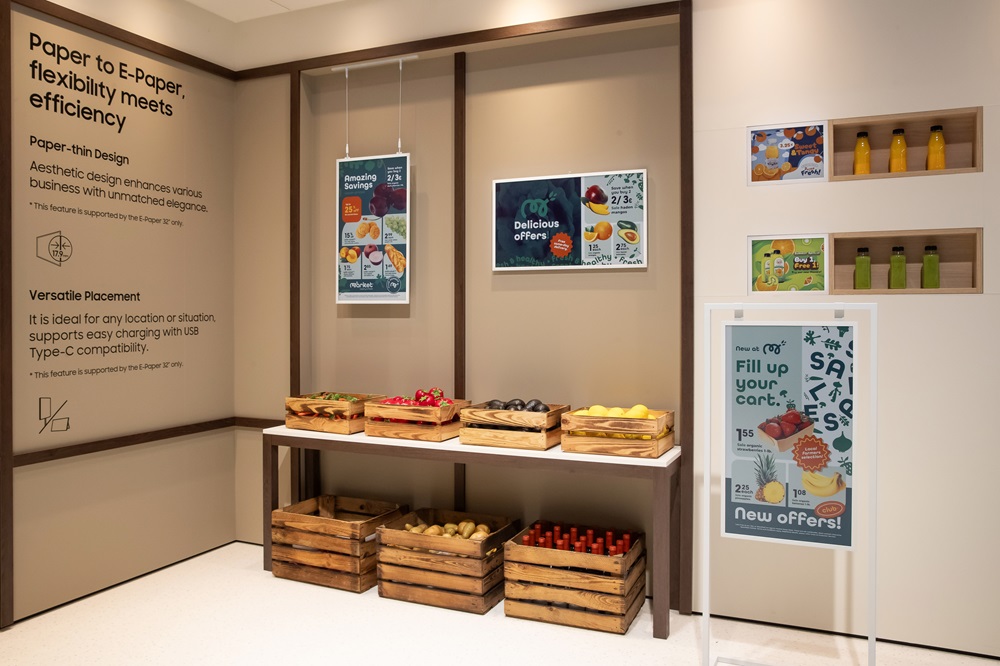Study design
This randomized, prospective study included 90 patients, aged between 18 and 65, with ASA classification I-II-III, who were scheduled for total knee arthroplasty surgery under spinal anesthesia. Patients with a history of bleeding diathesis, receiving anticoagulant treatment, allergies or sensitivity to local anesthetics and opioid drugs, patients with infection in the area where the block will be applied, pregnancy suspicion, pregnant or breastfeeding mothers, and patients who did not accept the procedure were excluded from the study. Ethical approval was obtained from the Bursa City Hospital Ethics Committee on 07.12.2022, protocol number 2022-17/3. Our study was registered on https://clinicaltrials.gov/ with the number NCT06084403. The patient recording and disribution were illustrated by the Consolidated Standards of Reporting Trials (CONSORT) flowchart (Fig. 1).
CONSORT flow diagram of the study
Patients were randomized into three groups, each containing 30 patients, using a computer program (Group 20 = group receiving ACB with 20 ml, Group 30 = group receiving ACB with 30 ml, Group 40 = group receiving ACB with 40 ml). The practitioners were blind to the data collection, and patients did not know which volume was applied. Postoperative pain scores and opioid consumption were recorded by a pain technician who was blind to the study.
Anesthesia application
After the patients were taken to the operating room, standard monitoring (electrocardiography, noninvasive arterial blood pressure, and peripheral oxygen saturation) was performed, and premedication was administered with 2 mg intravenous midazolam. For spinal anesthesia, the patients were positioned sitting, and following the necessary asepsis and antisepsis rules, a 25-gauge pencil-point spinal needle (B.Braun, Melsungen, Germany) was inserted into the subarachnoid space through a median approach from L3-4 or L4-5. After observing free clear cerebrospinal flow, 15 mg of hyperbaric bupivacaine was administered. To prevent postoperative nausea and vomiting, 4 mg of ondansetron was given intravenously. Total knee arthroplasty surgery was performed by the same surgical team using the same surgical procedure.
Block interventions
The block procedure was performed after the surgery was completed. All adductor canal blocks were performed by two experienced anesthesiologists with advanced clinical expertise in regional anesthesia. After ensuring aseptic conditions, a high-frequency linear ultrasound probe (GE ML6-15-D Matrix Linear, Boston, USA) was covered with a sterile sheath, and a 100 mm block needle (Stimuplex Ultra®, Braun, Melsungen, Germany) was used. The linear ultrasound probe was placed medial to the patella, and the probe was advanced cephalad to visualize the femoral artery, the adductor hiatus, and the apex of the femoral triangle. Then, 5 ml of saline was injected under ultrasound guidance into the midpoint of the adductor canal to confirm the block site (Fig. 2). Then, local anesthetic solution containing bupivacaine at 0.25% concentration was administered as 20 ml in Group 20, 30 ml in Group 30, and 40 ml in Group 40.

A Adductor canal sonographic anatomy. Sartorius Muscle, A; artery, V; vein. B Sonographic anatomy of block. Needle direction, and spread of local anesthetic during block performing. A; artery
After the operation, patients were taken to the postoperative recovery room. Patients reaching a score of 9 on the Aldrete scoring system were transferred to the ward.
Postoperative analgesia management
All patients received 0.5 mg/kg of intravenous tramadol and 20 mg of tenoxicam 30 min before the end of the surgical procedure. In the postoperative period, patients received 20 mg of tenoxicam intravenously twice a day. A patient-controlled analgesia (PCA) device was connected to all patients as soon as they were taken to the recovery room. The PCA was prepared with tramadol at a concentration of 5 mg/ml, with a lockout interval of 20 min and a bolus dose of 10 mg without a basal infusion. During the ward follow-ups, hourly NRS scores were monitored. If the NRS score was 4 or above, 0.5 mg/kg of intravenous meperidine was administered as a rescue analgesic. NRS scores at designated times as well as rescue analgesic needs and hours were noted in detail.
Postoperative pain assessment was performed using the NRS scoring system (0 = no pain, 10 = worst pain imaginable). Resting and moving NRS scores were evaluated and recorded at 2, 4, 8, 16, 24, and 48 h. If the NRS score was ≥ 4, 0.5 mg/kg of intravenous meperidine was administered as a rescue analgesic.
Motor block was evaluated using the modified Bromage scale (0: can move leg, foot, and knee freely; 1: normal knee and foot movements, but cannot raise leg straight; 2: cannot flex knee; 3: cannot move foot and knee) [8]. The need for rescue analgesics, postoperative opioid consumption, and side effects such as nausea, vomiting, and itching, as well as complications that may arise due to the block, were recorded.
Sample size calculation
The sample size calculation was performed using G*Power software version 3.1.9.2 (Kiel University, Kiel, Germany). Power analysis based on preliminary data on total opioid consumption [Group 20: 107.86 ± 42.17 (n = 7), Group 30: 88.57 ± 50.14 (n = 7), Group 40: 50.14 ± 51.2 (n = 7)] showed an effect size of 0.49, with a 95% confidence interval, an alpha error of 0.05, and a power of 0.95. Based on this effect size and confidence interval, a sample size of 22 patients per group was calculated to be sufficient. To account for potential dropouts, 30 patients were planned to be enrolled in each group.
Statistical analysis
Statistical analysis was performed with IBM SPSS v20.0 (SPSS Inc., Chicago, Illinois, USA) software package. The normality distribution of variables was checked with the Kolmogorov-Smirnov and histogram tests. Descriptive data were expressed as median [%25–75] and a number. Categorical variables were expressed as a number and analysed using the Chi-square and Fisher exact tests. Non-normally distributed continuous variables were analyzed using the Kruskal-Wallis test, followed by Dunn’s test for post-hoc analysis to assess differences among groups. For the statistical analysis, p < 0.05 was considered statistically significant.







